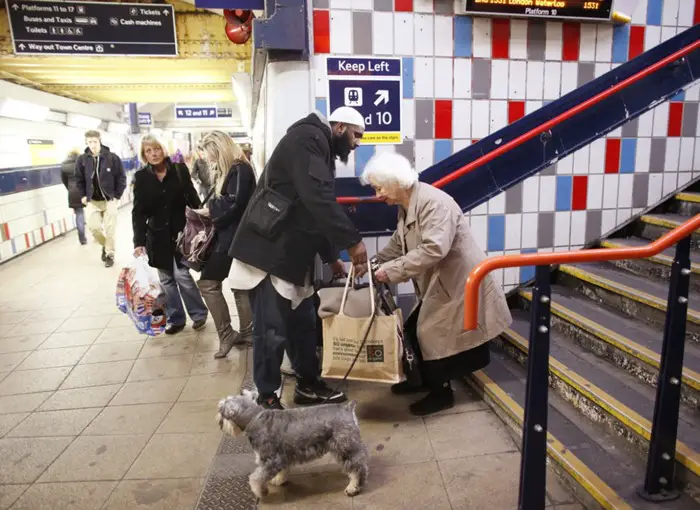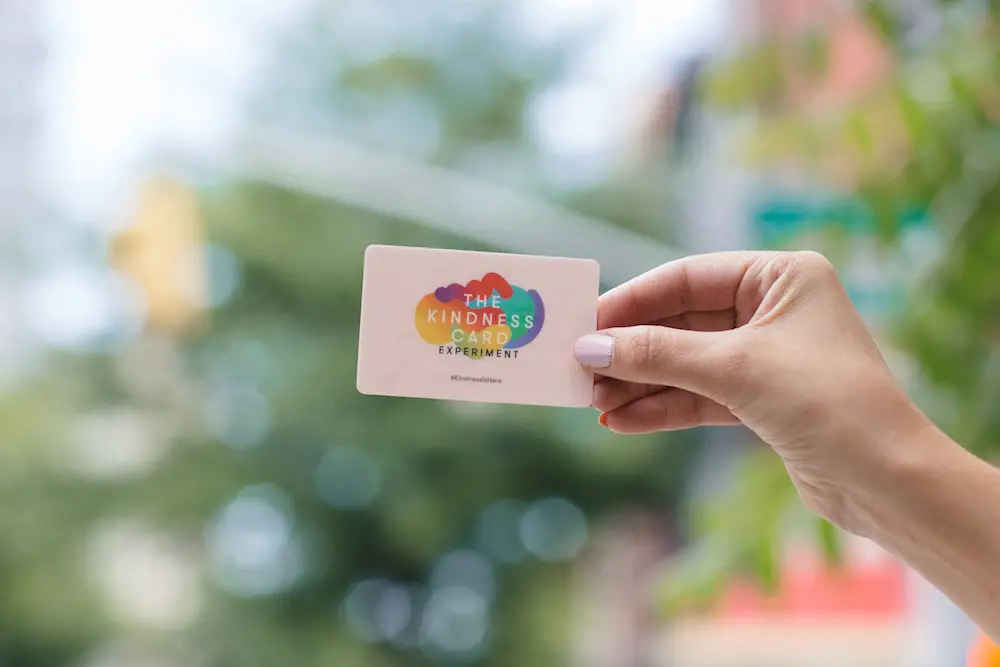Seventeen years ago, Kevin Spacey, Helen Hunt and Haley Joel Osment starred in the drama-romance “Pay It Forward,” which commercialized the notion that people have the capacity to do good for others. “Paying it forward” is something of a chain reaction, based on the idea that kindness and generosity are socially contagious occurrences. Doing good for the sake of another person can result in a domino effect, and suddenly, this pay-it-forward phenomenon has the potential to take place on a grand scale.
The ripple effect that results from a kind act has such an influence over people that the calendar year even has a day for it now. With eighty countries now participating, “Pay It Forward Day” is a global initiative that has been created to spark a change that can be felt across the world. Through small acts of kindness, this day and this initiative aims to change the world one good deed at a time.
These acts could include getting the next person’s coffee, food, toll, etc. Helping someone in need and hosting pay-it-forward activities in the workplace, school, church or community also suffice. Donating to a certain charity is always a worthwhile cause and rewarding in and of itself.

The purpose behind paying it forward is to initiate a domino effect in society that makes people want to do better and be nicer. In 2014 a Starbucks in Florida experienced this exact effect. For eleven straight hours, men and women continuously payed for their own order as well as the order of the person behind them. This chain reaction caused 378 customers to show kindness toward complete strangers. These record breaking actions and reactions could have been the influence behind the social experiment that took place in New York City this year with the Kindness Card Experiment.
A thirty-day test initiated by two anonymous New Yorkers, the Kindness Card Experiment was deemed a success among city folks. The idea began with hopes of creating a positive environment in a city that is constantly scrutinized for its otherwise rude atmosphere and inhabitants, and it ultimately turned into something even greater. Completely funded by the founders of the project, who chose to remain anonymous to keep the focus on the simple acts of kindness, the experiment turned into something about the humility of committing these acts and spreading the love to complete strangers.
The experiment began on June 1, when approximately 5,000 Kindness Cards were distributed throughout New York City’s five boroughs. Anyone could be the lucky recipient of a kindness card, but this person would then have the responsibility of passing the card on to a fellow New Yorker. This concept intended to inspire a chain reaction of kindness unlike anything seen before through the hustle and bustle of the concrete jungle.
With these kindness cards, New Yorkers were urged to perform any act of kindness, no matter how big or small, for a stranger or a friend. Helping someone cross the street, holding the door for someone coming up behind you or simply giving directions to someone from out of town all count as acts of kindness that make the streets of New York brighter than Times Square at night.
Each kindness card came pre-loaded with a redeemable $10, with the notion that if you received one you would redeem it online and subsequently share your story of kindness. The card would then get passed on to the next person when it was evident that they were doing an act of kindness themselves. After receiving a kindness card, it could either be redeemed online for a $10 gift card, or the $10 could be donated to a New York-based charity.
The activation of kindness cards created a platform that allowed recipients to share their individual stories of kindness. The experiment’s progress could be tracked daily, as each card would be marked on a map and a short declaration of the random acts of kindness both done and observed could be shared for others to read. The ability to see what others were doing all around the city was intended to show others how something as easy as helping someone with their groceries can make a big difference in a person’s day.
Ultimately, the success of the experiment lay in the hands of New Yorkers themselves, as the cards needed to be circulated on their own accord. However, these same city folks proved to be just as kind and thoughtful as the experiment believed them to be at its core. In almost two weeks, 689 acts of kindness had been registered on the website with $1,900 being donated to charity. The end results of the experiment have not yet been calculated, but it can only be expected that it will see great success if those were the ongoing results after it was almost half-way over.
The founders of this social experiment intended to create positive conversations among strangers in an attempt to see just how kind New Yorkers could be. A recent study conducted by Wakefield Market Research showed that 93 percent of New Yorkers believed that if even 10 percent of people living in the city were kinder, it would have a beneficial impact on the city itself. The Kindness Card Experiment seems to have done just that.
While the trial only lasted one month, the intent of the experiment was to have long-lasting effects on New Yorkers. Attempting to improve someone’s day through a simple act of kindness allows people to connect and understand the potential of the society we find ourselves in today. A tangible card with a redeemable amount of money on it does not need to be the catalyst in helping someone throughout the day. There are countless places to go, an untold number of things to be bought and sold, and a great many ways to go about the day. In these possibilities, there are chances to ease and even change the life of another. New Yorkers have shown their true potential and it is nice!













[…] 1.https://studybreaks.com/culture/kindness-card/ […]